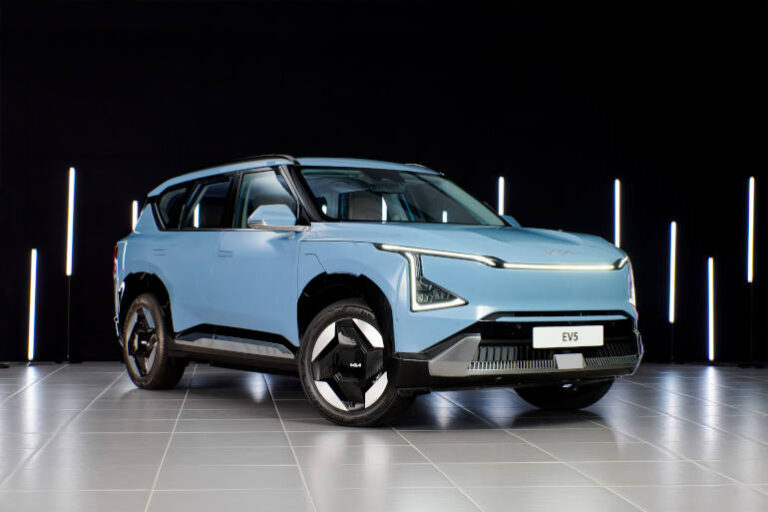The Australian federal government’s 2023-24 update to the National Electric Vehicle Strategy provides significant insights and actions for fleet operators. As electric vehicle (EV) uptake in Australia continues to rise, fleet managers must be aware of the strategic initiatives and legislative changes that will impact their operations. We’ve summarised some of the key aspects from the update relevant to fleet managers, focusing on EV availability, infrastructure developments, cost implications, and the overall transition to a more sustainable fleet.
1. Increased availability and affordability of EVs
One of the most crucial aspects of the National Electric Vehicle Strategy for fleet operators is the increased availability of EV models. As of 2023, there are 148 EV variants available in Australia, a 56% increase from the previous year. This expanded choice includes more models priced below $60,000, with several options even falling below $40,000. This pricing development is vital for fleet operators looking to integrate EVs without significantly increasing procurement costs.
The introduction of the Electric Car Discount in 2022, which provides a fringe benefits tax (FBT) exemption for eligible vehicles, has further facilitated EV adoption. The vehicle finance industry estimates that about 40% of all EVs purchased in Australia since mid-2023 have been through salary sacrificing or novated lease arrangements. For fleet managers, this means more competitive and financially viable options for integrating EVs into their fleets.
2. New Vehicle Efficiency Standard (NEVS)
The passage of the New Vehicle Efficiency Standard Act 2024 is another significant milestone for fleet operators. Set to commence on 1 January 2025, this Standard is designed to reduce emissions from new passenger vehicles by more than 60% by 2030. For light commercial vehicles, emissions are expected to be roughly halved within the same period. The Standard will also provide substantial fuel cost savings, estimated at $95 billion by 2050, and reduce CO2 emissions by around 321 million tonnes.
For fleet operators, the implications are clear: adopting EVs and other low-emission vehicles will not only be a regulatory expectation but also a financial advantage due to the long-term savings in fuel costs and compliance with emissions standards.
3. Charging infrastructure expansion
The expansion of Australia’s EV charging network is a critical factor in fleet management. As of March 2024, there were approximately 900 fast and ultra-fast public EV charging locations across Australia, a significant increase from 464 sites in December 2022. This rapid growth ensures that fleet vehicles can be charged more conveniently, reducing downtime and increasing operational efficiency.
Government initiatives are set to further boost this infrastructure. For example, the National Electric Vehicle Charging Network, supported by the Driving the Nation Fund, aims to install chargers at intervals of approximately every 150 kilometres along major highways. This initiative will be particularly beneficial for long-distance fleet operations, ensuring that EVs can be seamlessly integrated into routes across the country.
4. Financial incentives and support for fleet electrification
The Australian government’s commitment to reducing transport emissions includes various financial incentives specifically aimed at fleet operators. The Clean Energy Finance Corporation (CEFC) has been instrumental in providing discounted finance options for EVs, including a $50 million investment to support small businesses in transitioning their fleets to zero-emission vehicles. These financial incentives make it more feasible for fleet operators to upgrade their vehicles to EVs, aligning with the broader national strategy to cut emissions.
Furthermore, programs like the NSW Fleet Incentive Program, which supported the procurement of 1,820 EVs and 477 base chargers in early 2023, demonstrate the available state-level support for fleet operators. Such programs ensure that fleets not only adopt EVs but also have the necessary infrastructure to support their operations.
5. Strategic considerations for Fleet Managers
As fleet managers consider the implications of the National Electric Vehicle Strategy, several strategic considerations must be taken into account:
- Compliance with emission standards: The New Vehicle Efficiency Standard will make it increasingly easier for fleet operators to reduce emissions. Transitioning to EVs will be a proactive approach to meeting these standards while also benefiting from reduced operating costs.
- Infrastructure planning: The expansion of charging infrastructure will make it easier for fleet managers to adopt EVs while ensuring that fleet depots are equipped with the necessary charging facilities and that routes are planned with charging availability in mind.
- Financial planning: With the availability of government incentives and financial products tailored to fleet electrification, operators must explore these options to optimise their fleet’s transition. The cost savings from reduced fuel expenses and FBT exemptions should be factored into long-term financial planning.
- Sustainability goals: Aligning fleet operations with broader corporate sustainability goals is increasingly important. The National Electric Vehicle Strategy provides a framework for fleet operators to contribute to national and global emission reduction targets, enhancing their corporate social responsibility profile.
The 2023-24 update to the National Electric Vehicle Strategy underscores the Australian government’s commitment to transforming the nation’s vehicle fleet to one that is more sustainable and cost-effective. For business fleet operators, this presents both challenges and opportunities. By staying informed about the latest developments and strategically planning their transition to EVs, fleet operators can ensure that they are not only compliant with new regulations but also positioned to take advantage of the financial and operational benefits that come with electrification.
The road ahead is clear: the future of fleet management in Australia is electric.






